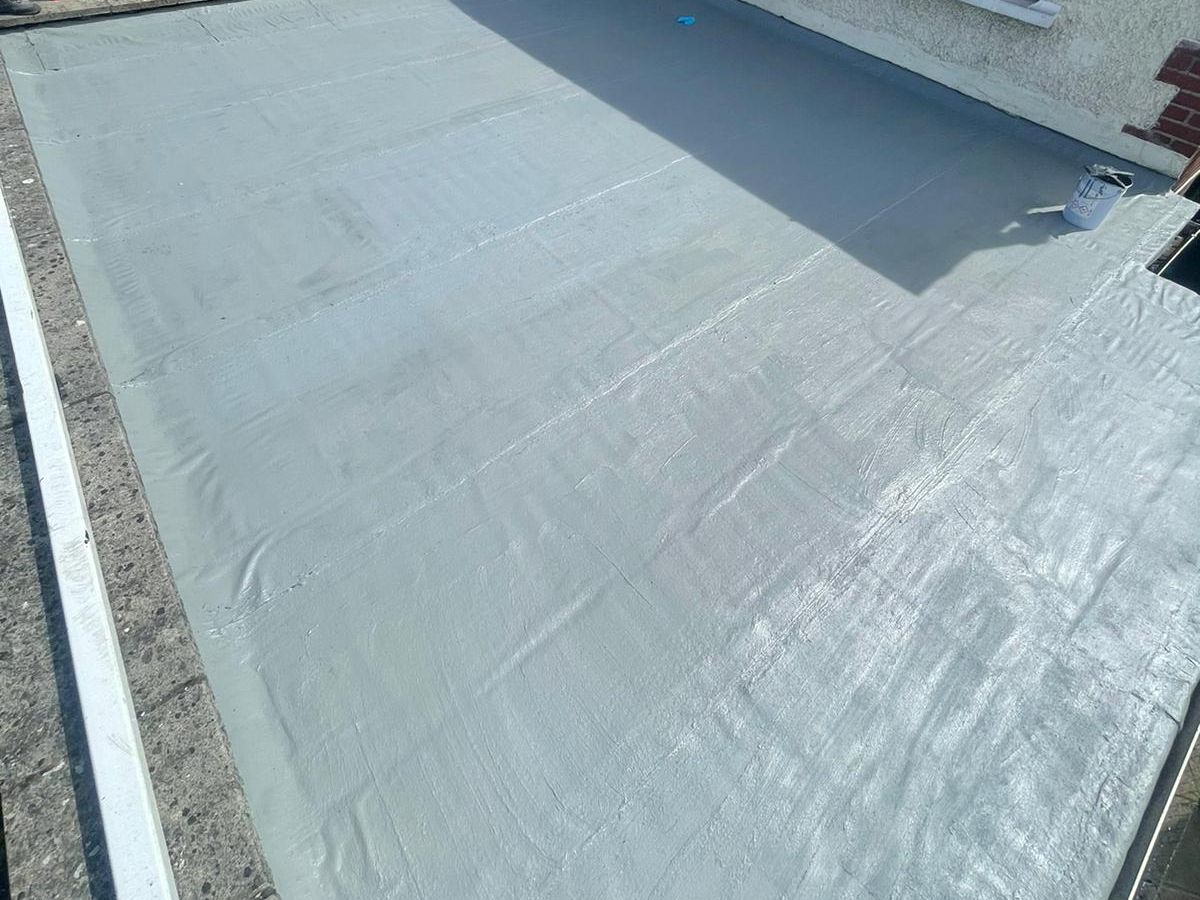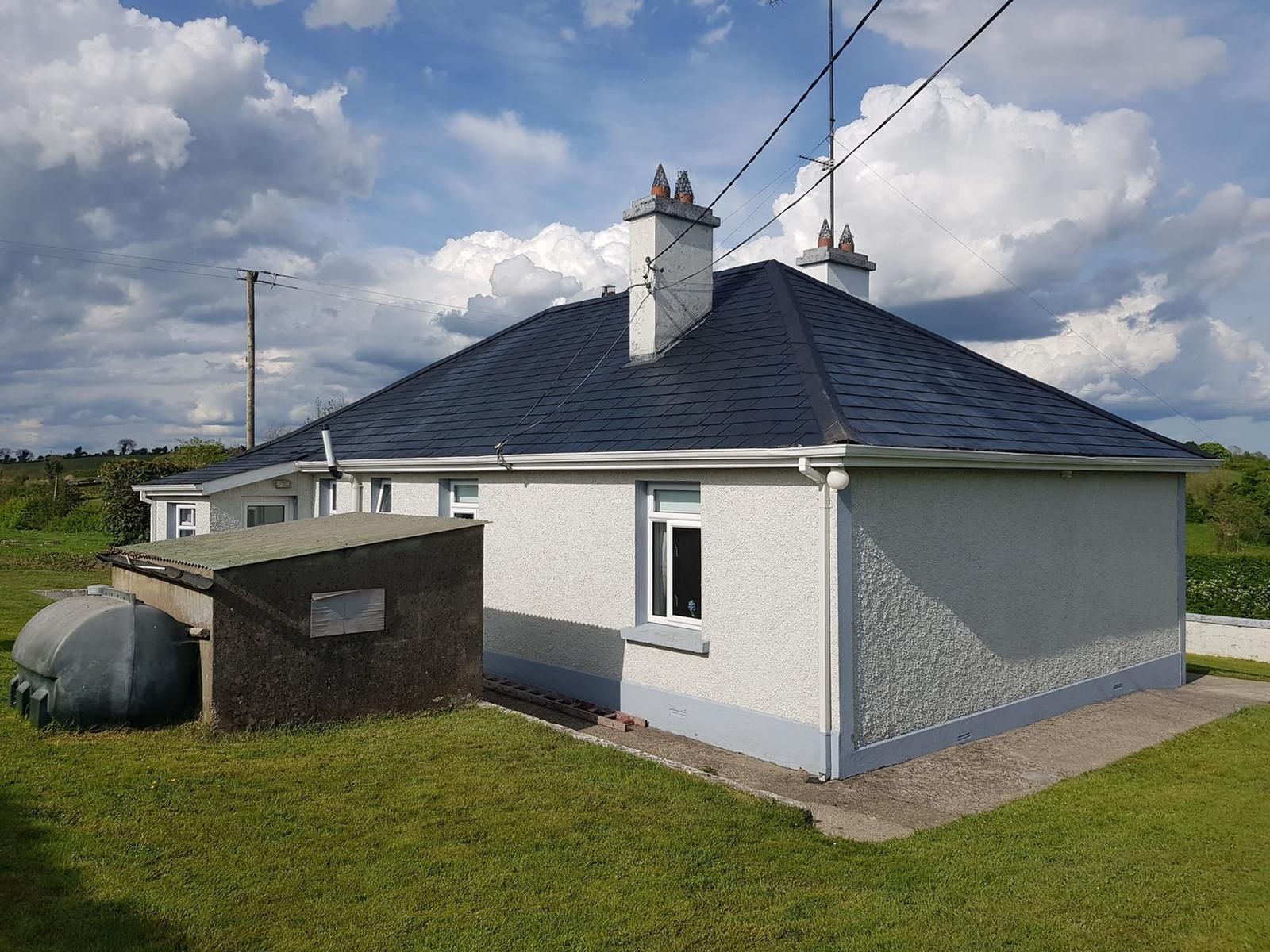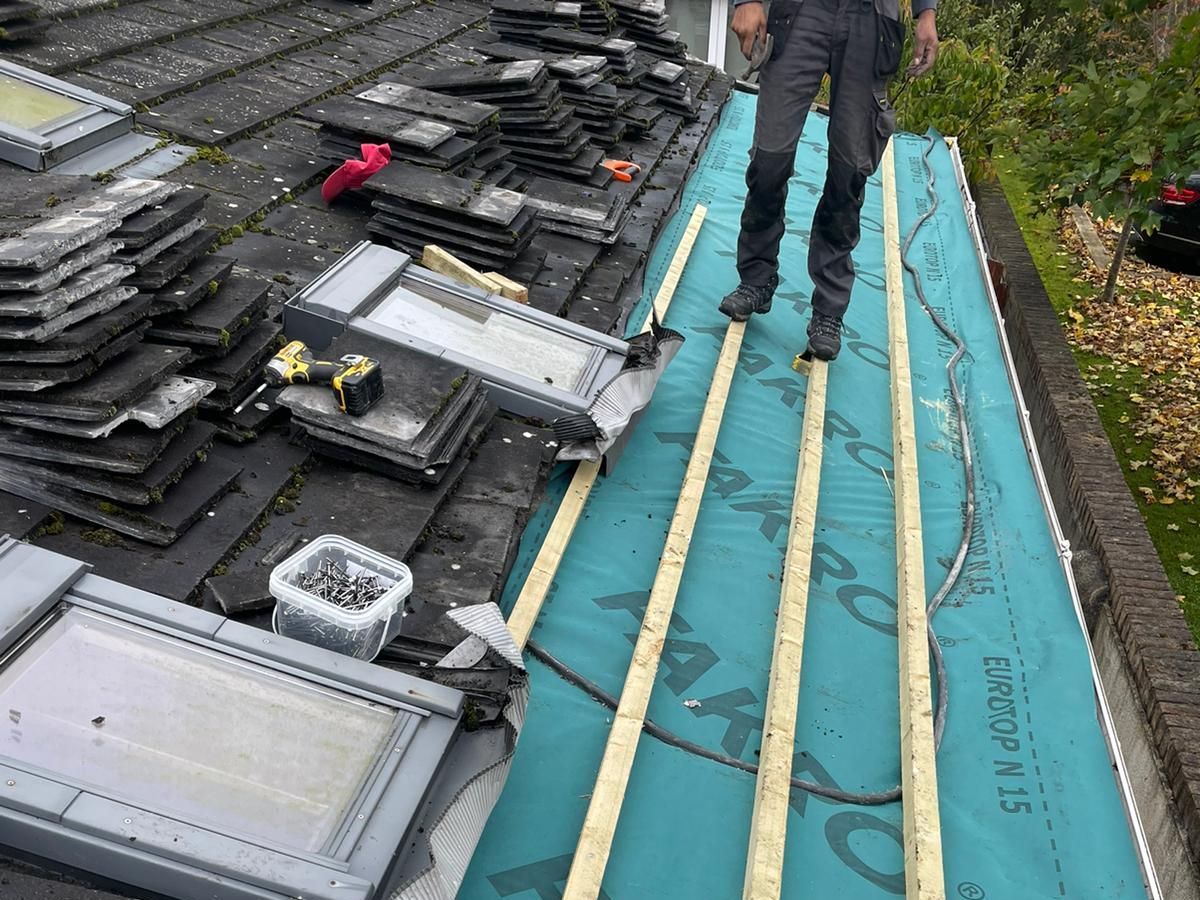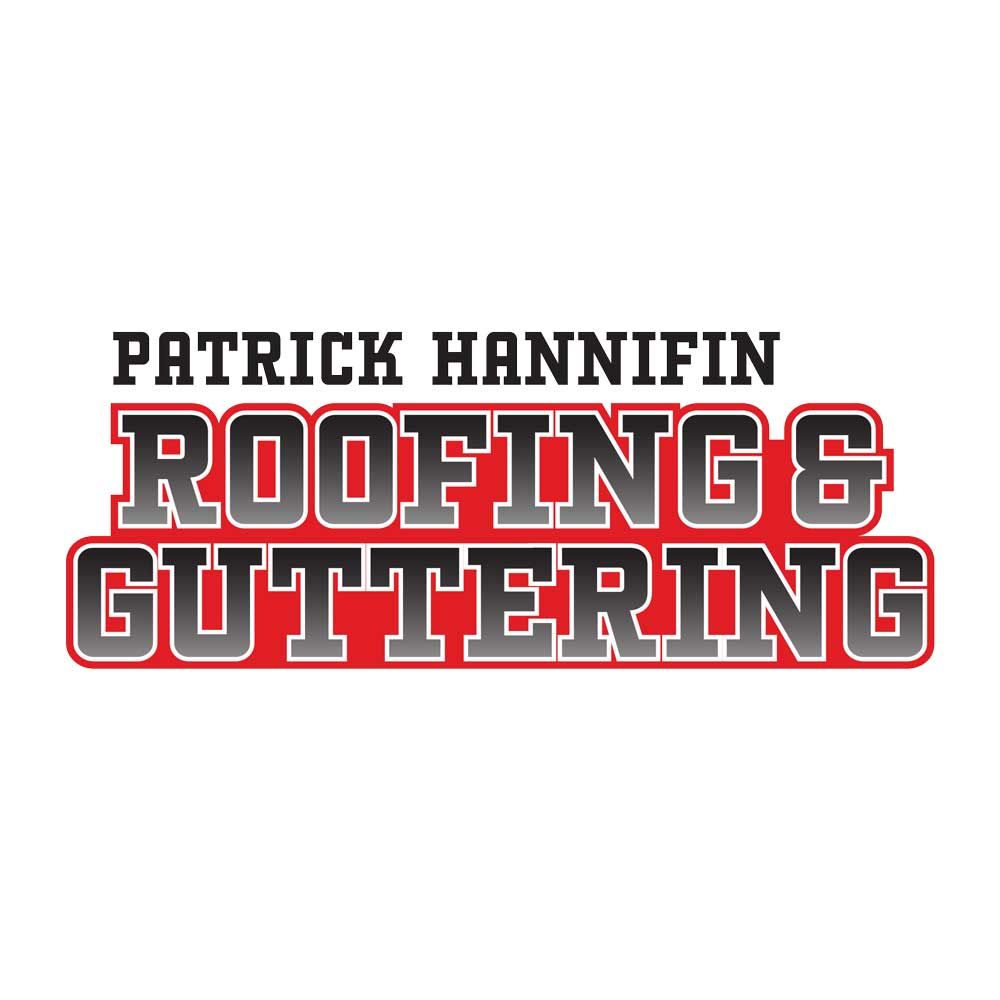Flat Roof Repairs and Maintenance in Ireland: Fibreglass, Torch-On & Liquid Waterproofing Solutions

Flat roofs are a popular choice across Ireland for extensions, garages, commercial properties, and even modern homes. While they offer a sleek, practical solution, they do require specialist maintenance and repairs to remain effective and watertight. In this article, we explore the common issues flat roofs face in Ireland and the solutions available, including fibreglass, torch-on felt, and liquid waterproofing systems like Lava 20.
Why Flat Roofs Need Extra Care.
Unlike pitched roofs, flat roofs have a minimal slope, which makes them more susceptible to water pooling, moss build-up, and long-term wear. If not maintained, water can find its way through even small cracks or seams, leading to internal damage.
Common Flat Roofing Problems.
- Standing water due to poor drainage or sagging
- Cracks or splits in the surface from age or temperature changes
- Loose or bubbled felt from poor installation or water ingress
- Flashing failure at wall joints or chimney bases
Types of Flat Roof Coverings.
Torch-On Felt Roofing.
A cost-effective and long-lasting solution. Applied using heat to bond bitumen felt to the roof surface. Lasts 15–20 years with proper care.
Fibreglass (GRP) Roofing.
Durable and seamless, fibreglass roofs resist cracking and weathering. Perfect for long-term waterproofing.
Liquid Waterproofing Systems (e.g. Lava 20).
These modern solutions are cold-applied, flexible, and ideal for roofs with tricky shapes or details. Lava 20 is widely used for its long-term protection and fast curing.
Professional Flat Roof Repairs.
Whether you need patch repairs or a full flat roof replacement, we offer expert flat roofing services. We assess the condition, advise on the best solution for your budget and needs, and carry out all work to the highest standard.
How long do flat roofs last in Ireland?
With the right materials and maintenance, flat roofs can last 15–30 years.
Is fibreglass better than felt for flat roofs?
Fibreglass tends to last longer and has no seams, but it depends on the roof’s use and structure.
Can I walk on my flat roof?
Only if it’s built for access. Many aren’t designed to support foot traffic.
How often should a flat roof be checked?
At least once a year, or after major storms or freeze-thaw weather.




